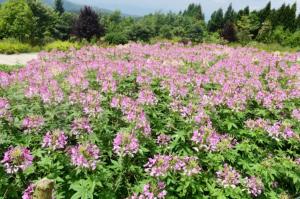1、 Curing method
1. Temperature: it can also be seen from its distribution area that it prefers a cooler environment. Therefore, it can be maintained between 15 and 20 degrees. It is a relatively cold resistant plant, so it doesn't need to be cold proof unless it is in a very northerly area
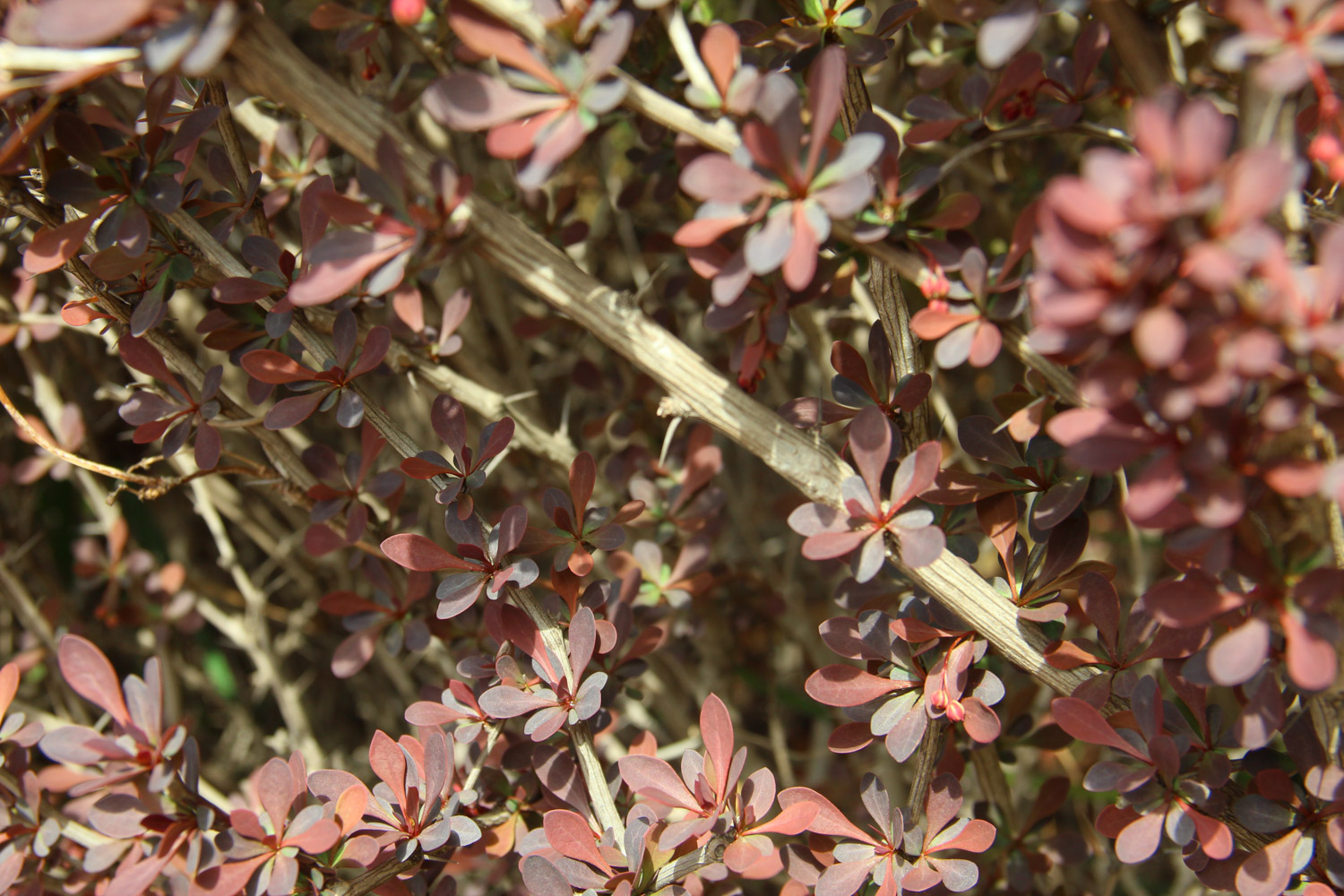
2. Light: it is a kind of plant that likes sunshine, but its shade tolerance is also good. From April to October, considering the strong light at noon, it's best to put it in a semi cloudy place. At other times, try to put it in a place with plenty of sunshine
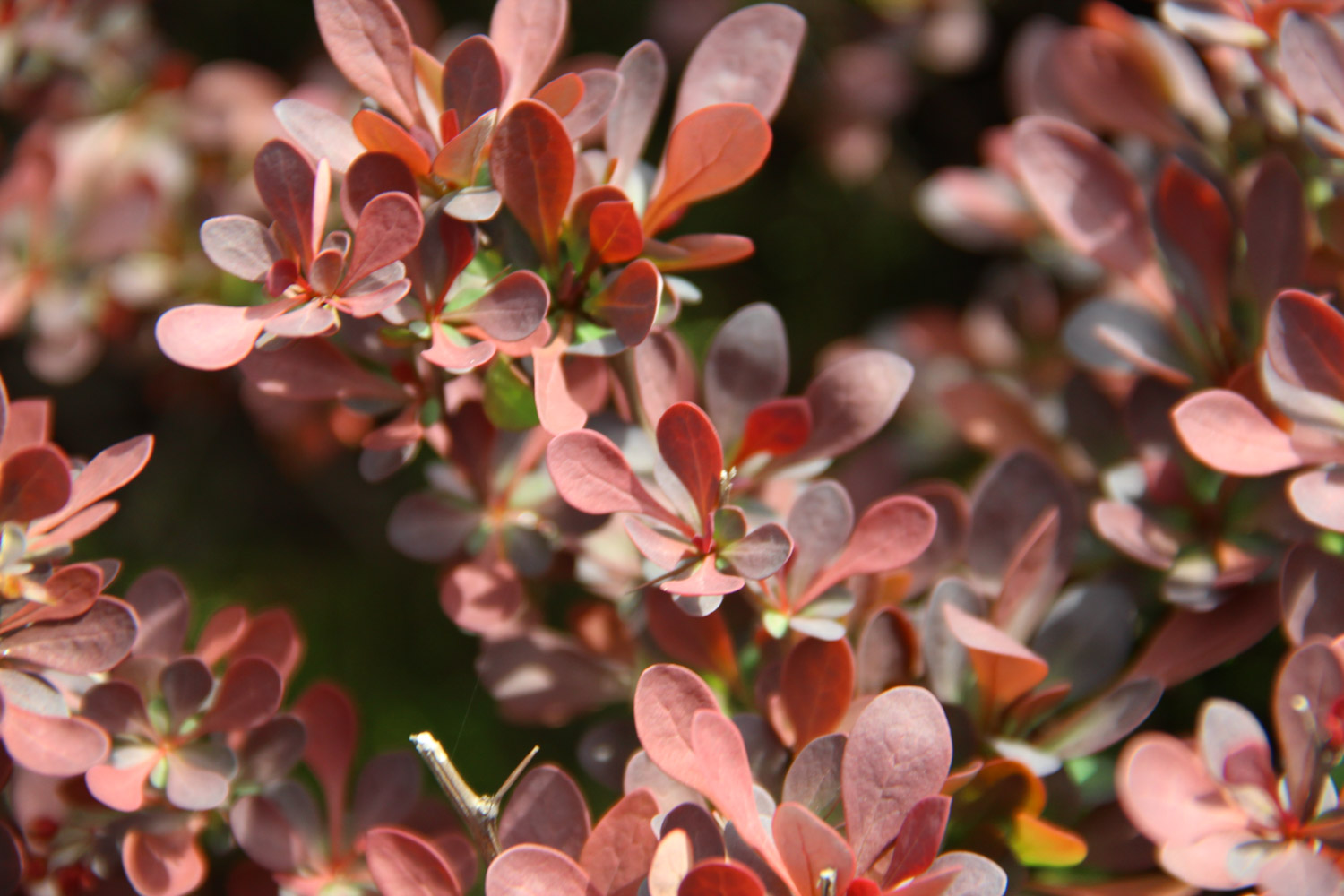
3. Watering: Berberis amurensis is relatively wet. When it grows fast, it needs to replenish water in time. That is, from April to October, the soil can be kept moist all the time. From November to march of the next year, try to keep it slightly dry
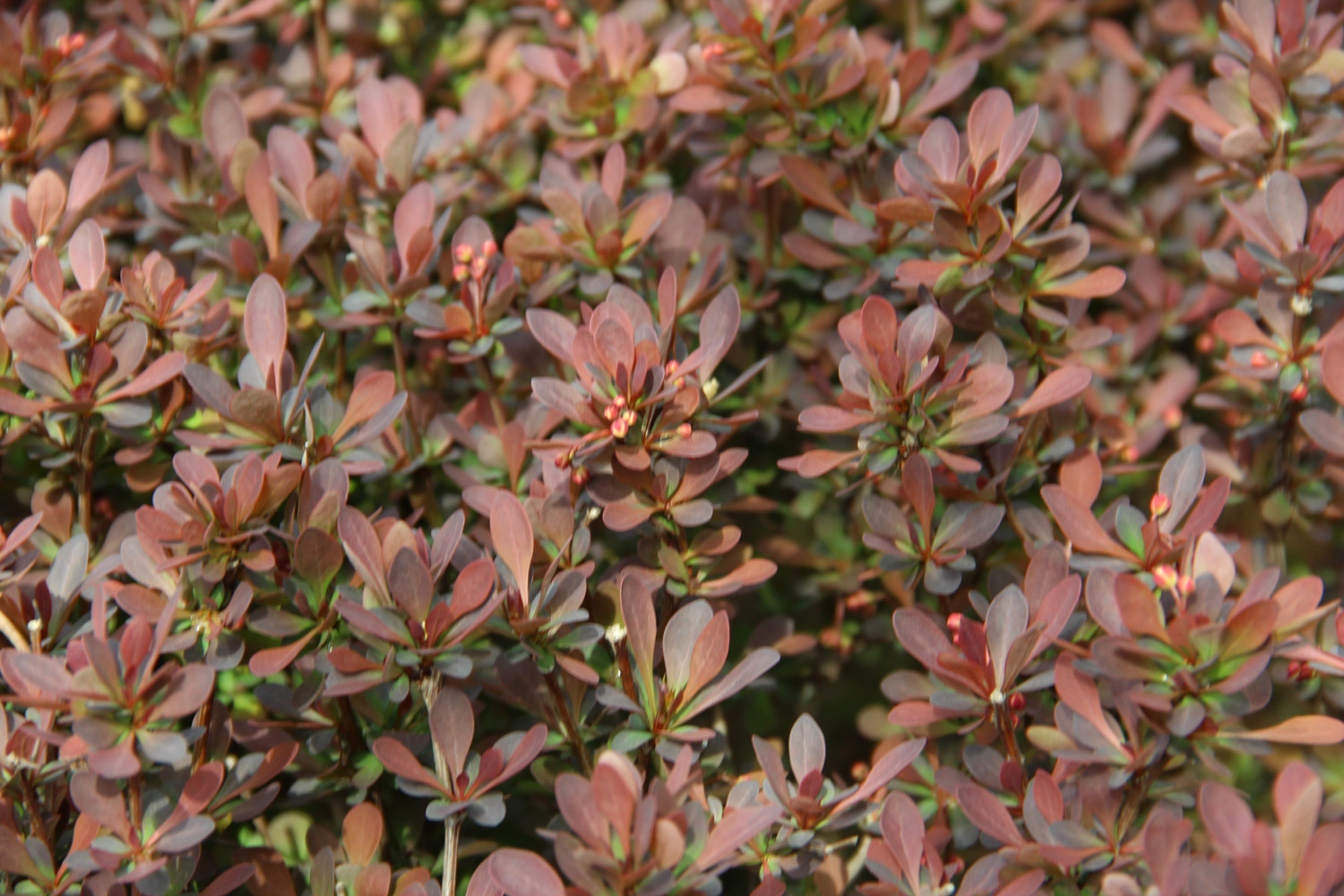
4. Fertilization: Berberis amurensis is also a kind of fertilizer loving variety. The season of fertilization is also from April to October. But once a week, the most commonly used is liquid fertilizer
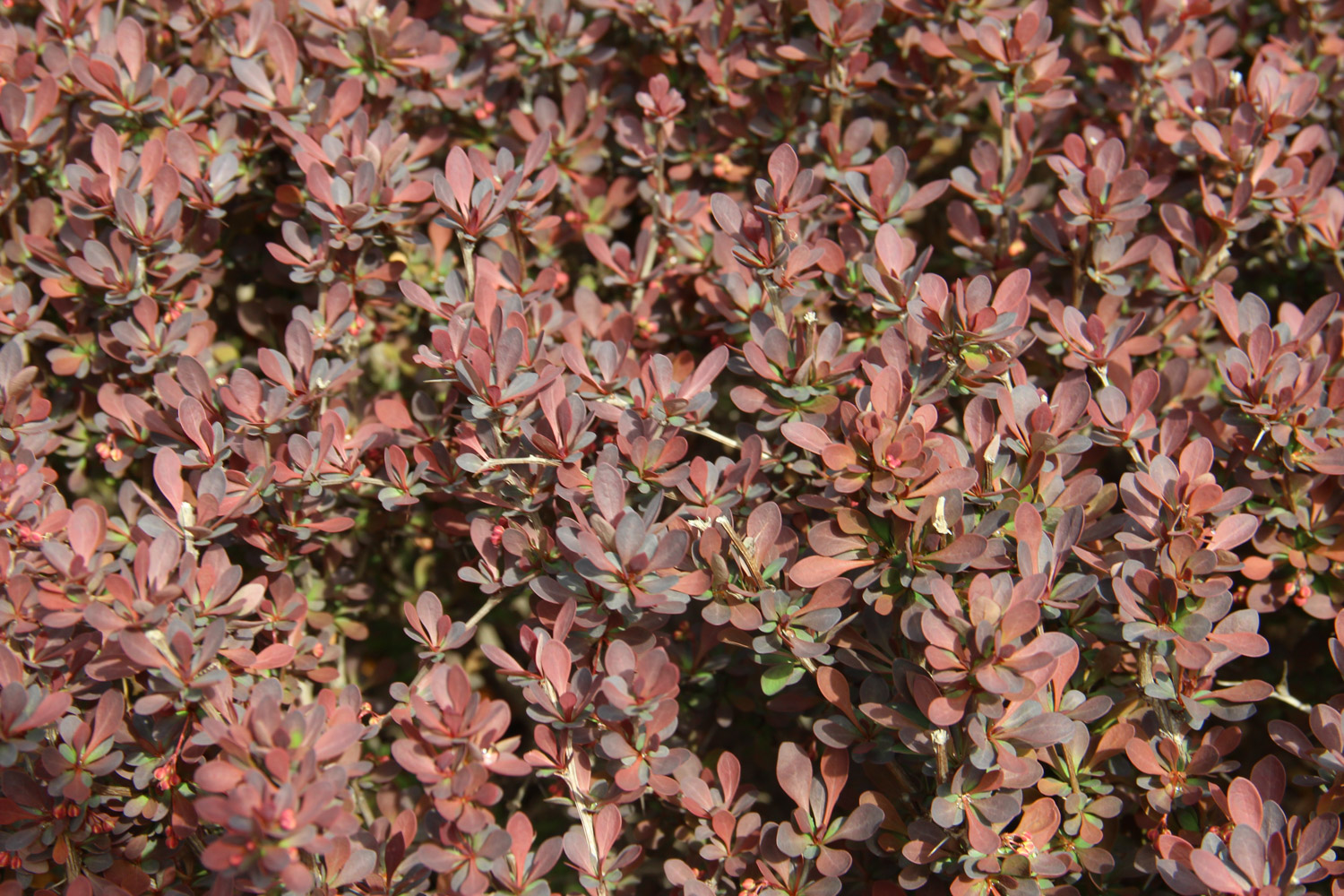
2、 Breeding skills
1. Propagation: the most commonly used method is cutting. It's best to do it in late June. The branches with terminal buds on them with a length of 12 to 15 cm are selected as cuttings. After cutting it off, it's best to treat it with rooting powder first. In addition, before cutting, the substrate needs to be disinfected first, so it is easy to survive. The specific insertion time is best on a sunny day
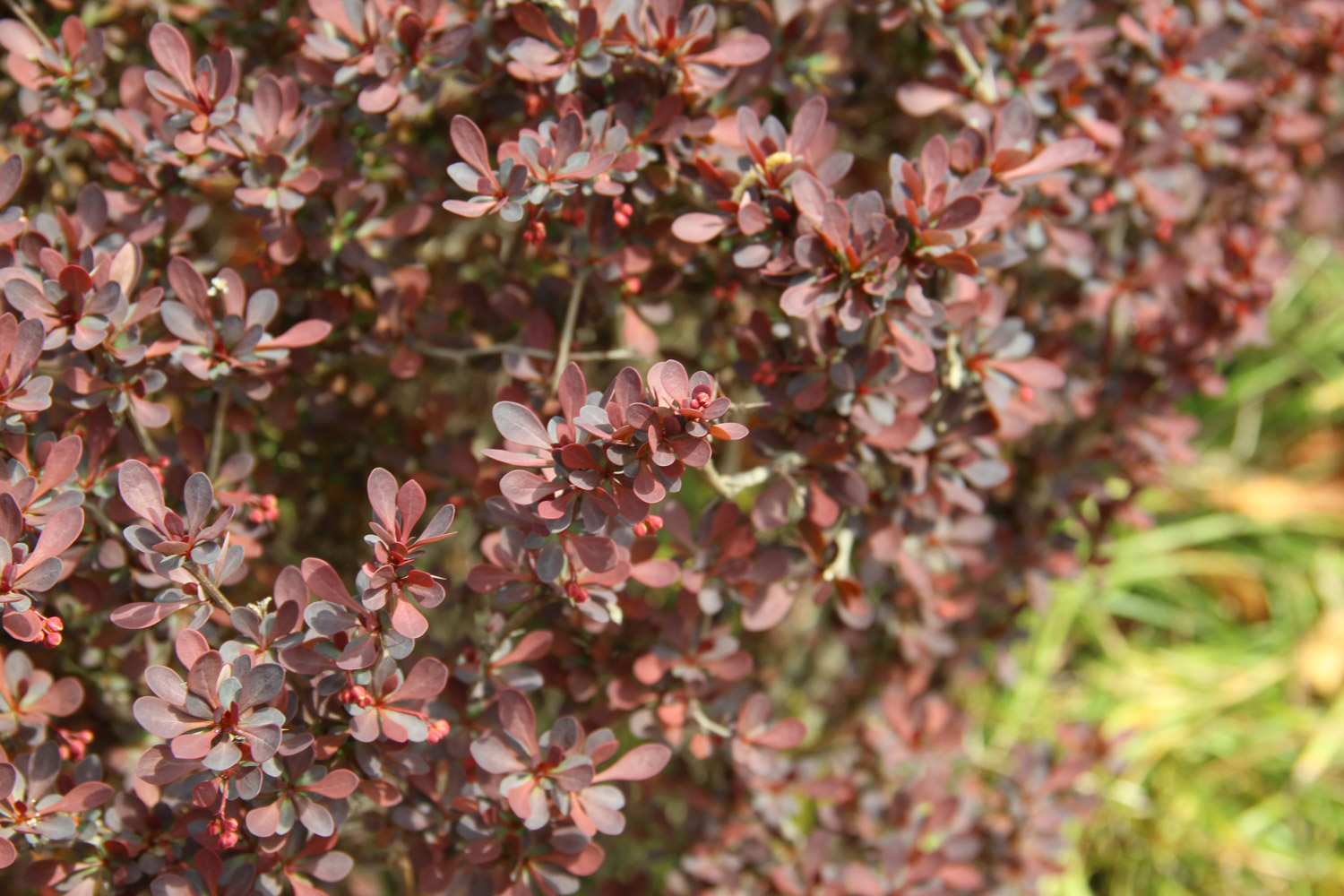
2. Pruning: it can repair its shape, prune it into a sphere, or prune it according to its own aesthetics. In the early spring, the branches can be repaired intensively, mainly some too dense and long branches. It's very resistant to pruning, so don't worry
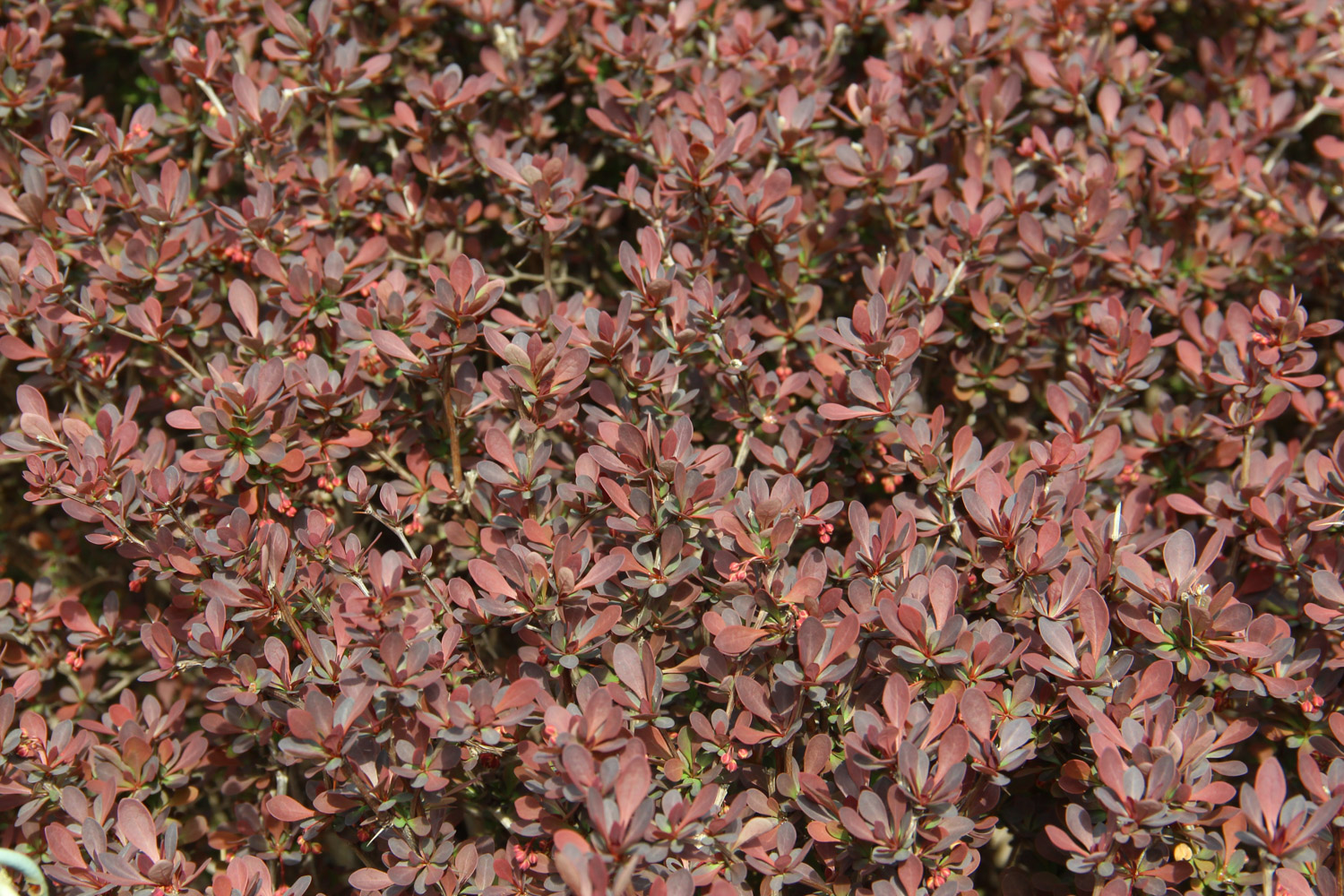
3、 Problem diagnosis and treatment
1. Diseases: "anthrax" and other diseases with great threat are easy to appear, and there are many harmful parts. No matter which part of the plant is likely to be harmful. Chlorothalonil can be used for treatment, and an appropriate amount of fertilizer can be added at the same time
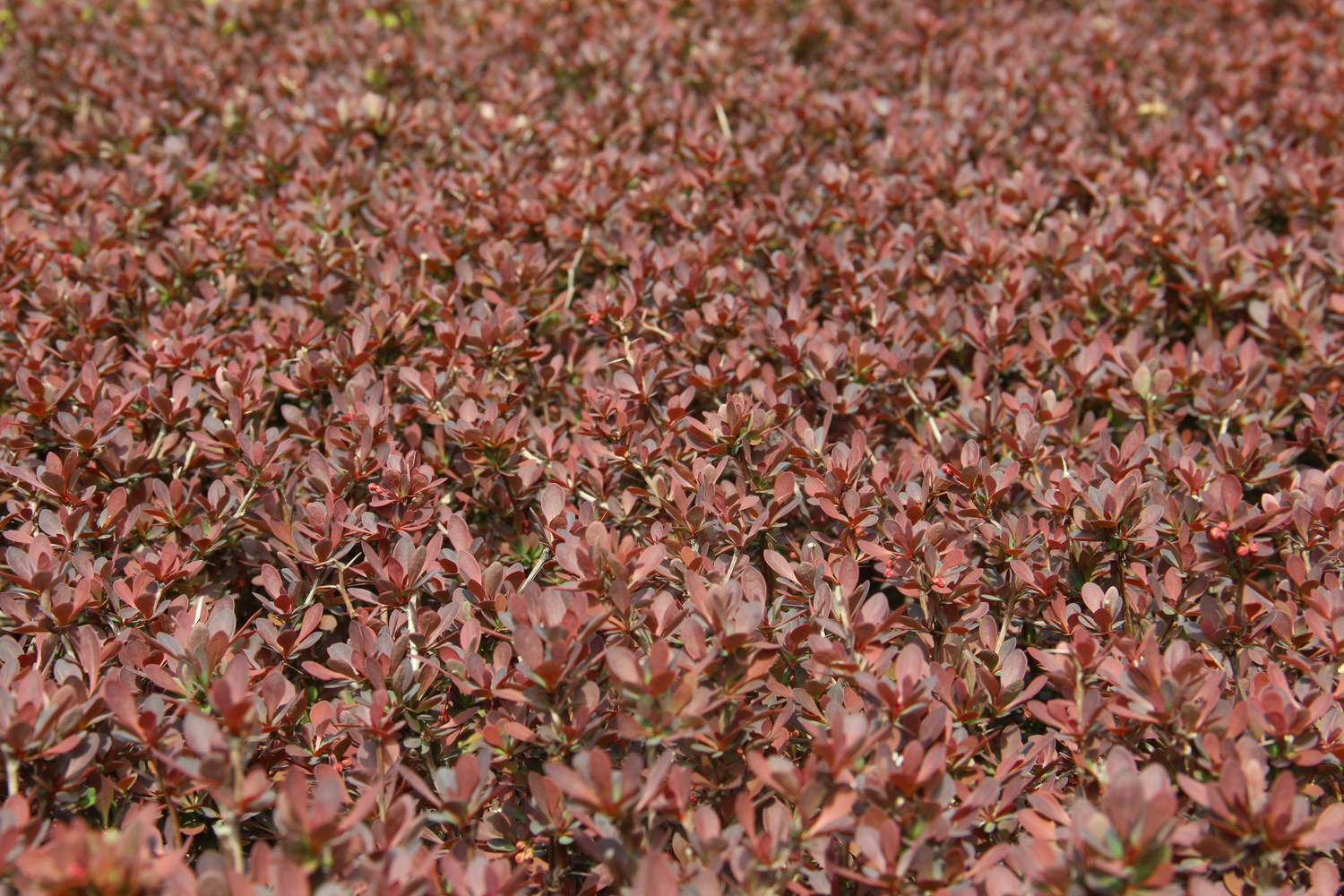
2. Insect pests: common ones are "aphids", which are familiar pests. Just spray insecticides
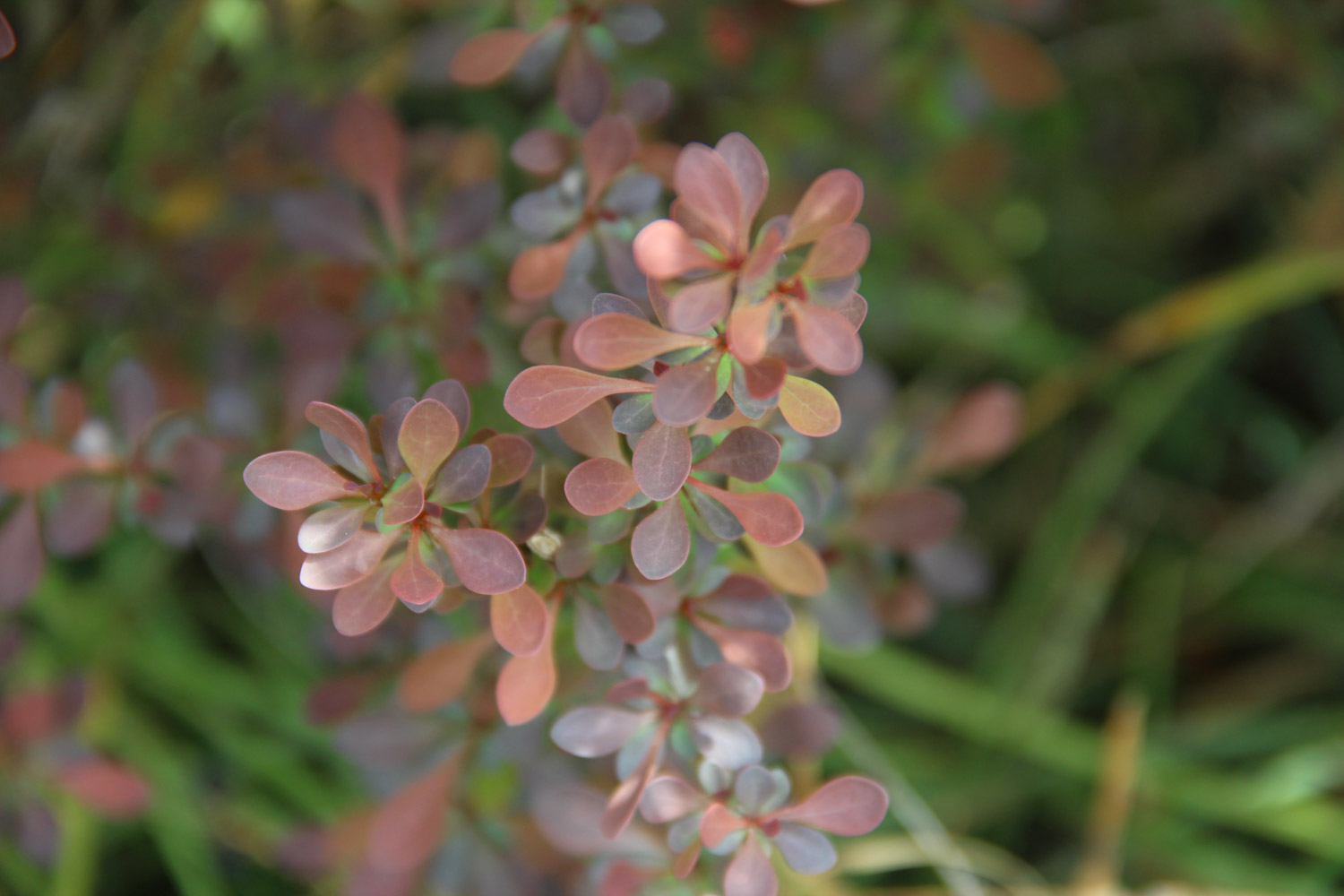
4、 Other issues
1. Toxicity: it is not toxic. Moreover, it can also be used as a medicinal material
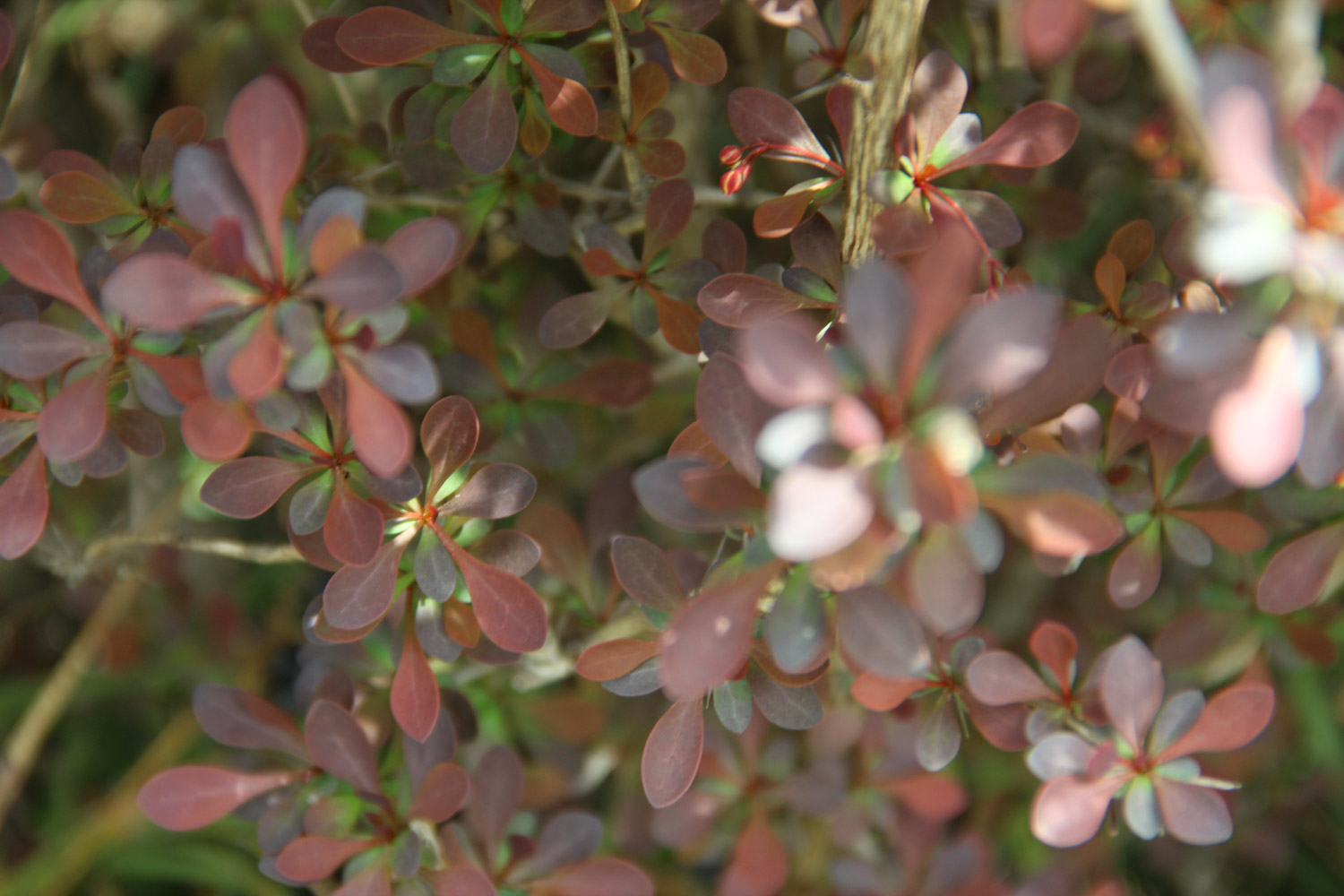
2. Whether it can be raised at home: it can be placed at home as an ornamental plant, and the potted plant is ornamental
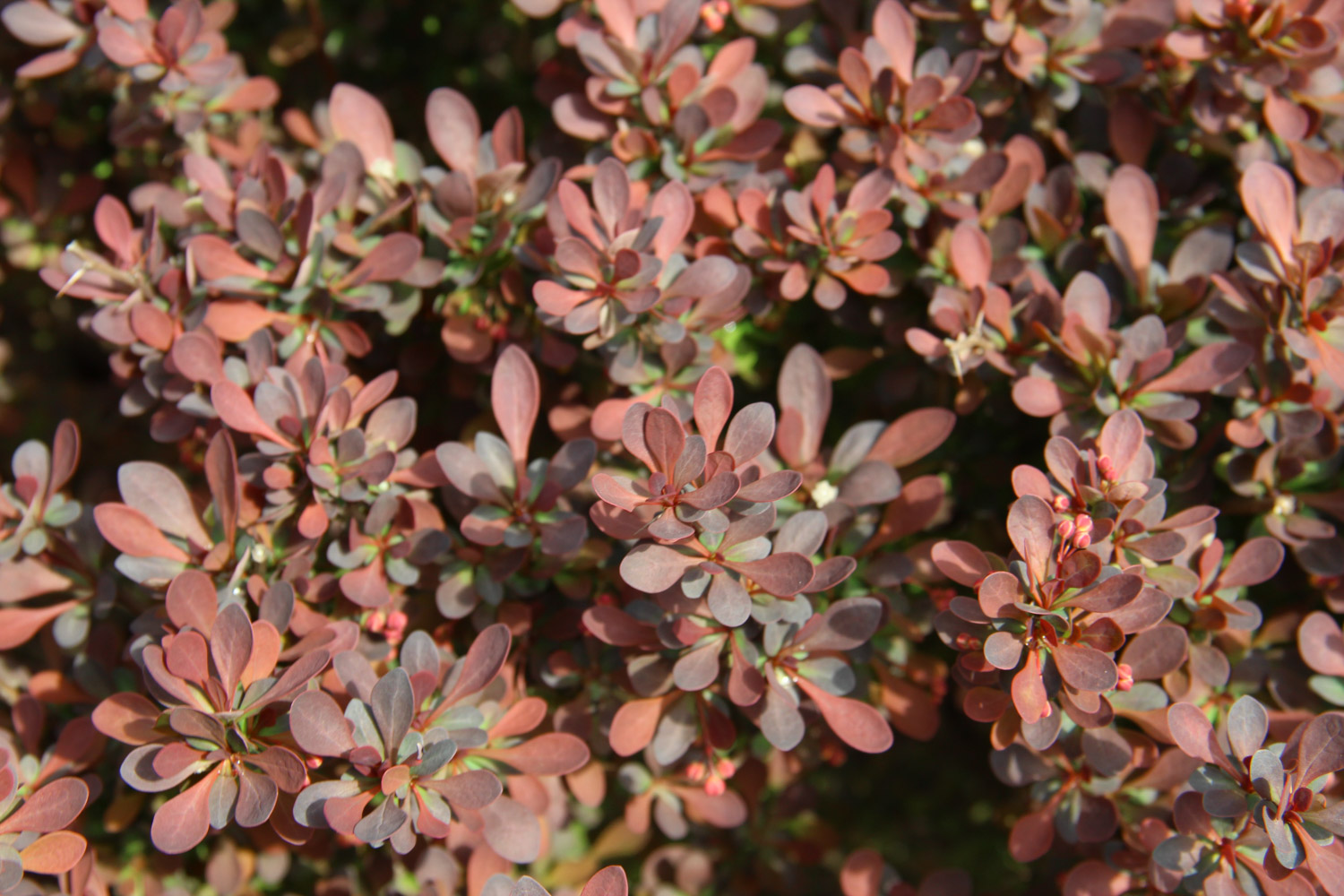

 how many times do yo...
how many times do yo... how many planted tre...
how many planted tre... how many pine trees ...
how many pine trees ... how many pecan trees...
how many pecan trees... how many plants comp...
how many plants comp... how many plants can ...
how many plants can ... how many plants and ...
how many plants and ... how many pepper plan...
how many pepper plan...